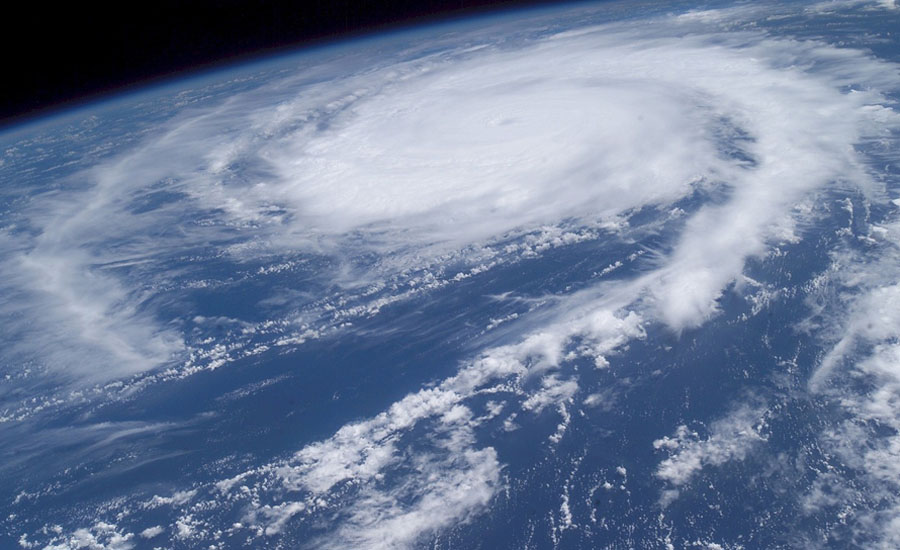There are long lines at Florida gas stations and empty shelves in the state’s grocery stores, as residents both stock up on supplies and prepare to flee before Hurricane Irma makes its expected landfall sometime Sunday. Irma could then strike a blow at parts of Georgia and the Carolinas.
In order to ease the evacuation process, the Florida Department of Transportation has ordered that highway construction projects along evacuation routes be suspended. DOT crews are in the process of lowering high mast interstate lights. Mandatory evacuations have been ordered in several counties, the Florida Keys and Miami Beach.
The historic, 180-mph storm has already cut a path of destruction, turning the tiny island of Barbuda into rubble and killing at least nine people amid a group of Caribbean islands. Puerto Rica dodged the worst of it but still has a million residents without power.
President Donald Trump has declared emergencies in Florida, Puerto Rico and the U.S. Virgin Islands. Authorities in the Bahamas said they would evacuate six southern islands.
Florida’s building boom provides an additional element of danger to residents: 20-25 tower construction cranes located at various worksites around the city. The cranes are built to withstand winds of up to 145 mph, but officials doubt that they will stay standing in a Category 5 storm, and are advising residents to evacuate buildings that are next to construction cranes.
Irma’s timing couldn’t be worse as far as the mainland U.S. is concerned. Because of Hurricane Harvey, the Federal Emergency Management Agency’s disaster relief fund is just about depleted.
"FEMA is scheduled to run out of money by Friday, Sept. 8, just two days before Hurricane Irma is expected to hit Florida," Florida Sens. Bill Nelson and Marco Rubio said in a joint statement. "Unfortunately, the current disaster relief package Congress is considering for Hurricane Harvey doesn’t account for the additional costs FEMA will likely incur as a result of Hurricane Irma."



